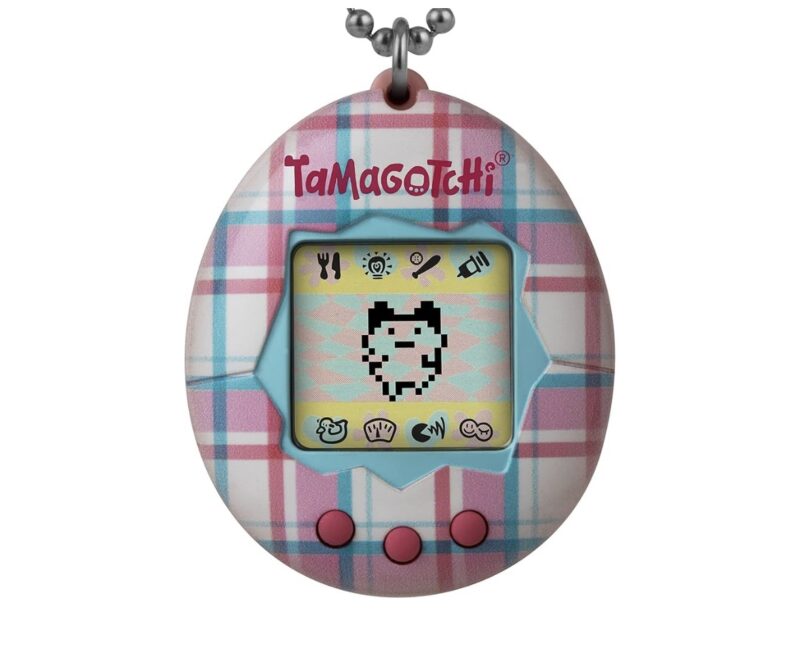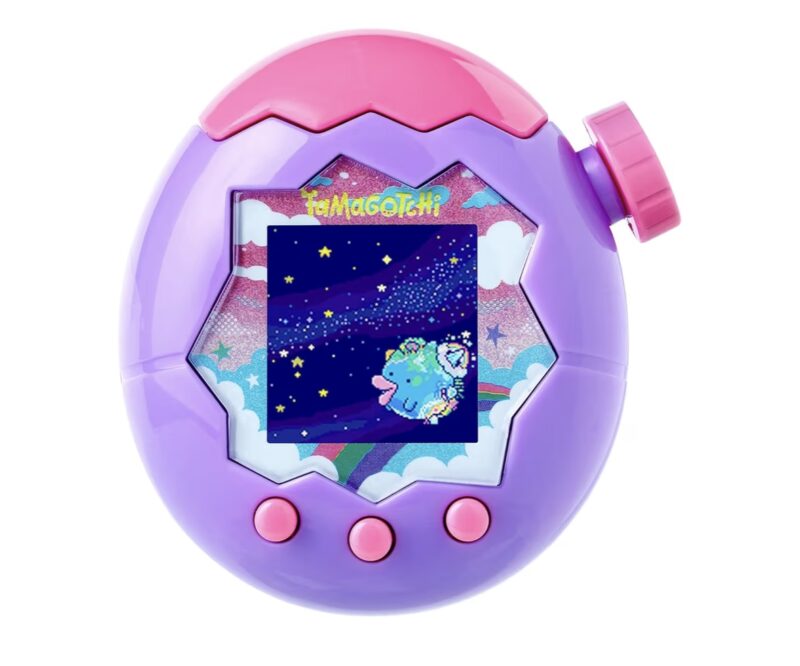The English translation is below
先日、ノーベル賞の発表があり、日本人2人が受賞しました
諦めずにコツコツと研究を積み重ねてきた結果であり
日本人として素直に誇らしく思います
でも、その裏でどうしても気になってしまうのが、イグノーベル賞です!
イグノーベル賞とは、ノーベル賞のパロディとして「人々を笑わせ
そして考えさせてくれる偉業」に対して与えられる国際的な賞であり
日本人が19年連続で受賞しています!
毎年発表があるたびに私は「こういう人好きだなぁ…」と
尊敬と羨望の眼差しを向けていました
今回は、歴代の日本人受賞の中で、特に気になった
テーマをご紹介したいと思います

日本人が初めて受賞したのは、1992年
「足の匂いの原因となる化学物質の特定」に関する研究です
具体的にはこの化学物質が「イソきっそう酸」であることを
突き止めました。敵を倒すには、まず敵を知ることからです
しかもこの研究には「自分の足が臭いと思ってる人の足は臭く、
思ってない人のは臭くない」という結論も含まれていました
要するに、足の臭いに関しては、「気のせい」や「気にしすぎ」は
ないからな!自分が臭うなら、他の人も気づいてるからな!
早いとこ、何とかしろよっ‼︎ってことです
お次は1995年、「ハトを訓練してピカソの絵とモネの絵を
区別させることに成功した」という研究に対して贈られました
ピカソとモネの画風を覚え込ませると、20日間程で
初めて見る絵でも「これはピカソ」「コレはモネ」
と見分けることができるようになったそうなんです!
しかも、絵を白黒にしても、焦点をぼかしても、絵を
ジグゾーパズルのように細かく分解してシャッフルしても
ハトは絵画見分けることができたといいます
どうやら様々な情報を総合的に識別しているらしい…
ハト、恐るべし!

そして1997年は、仮想ペット「たまごっち」の開発者たちに
経済学賞として贈られました。受賞理由は
「数百万人の労働時間を、仮想ペットの飼育に
費やさせたことに対して」です
たまごっちは頻繁なお世話を必要とするゲームなので
学校や職場で隠れて世話をする人が続出!
みなさんはやったことありますかー?
私はもちろんオリジナルバージョンやってましたー♪

ただ、1ヶ月程やってると、パターンが見えてきて
飽きるんですよね…
今も進化しながら、たまごっちパラダイスという名前で
販売しています。しかも2つのたまごっちをドッキングさせると
子供まで生まれるらしい〜

20世紀最後の受賞は、1999年
「夫のパンツに吹きかけることで浮気を発見できるスプレー
『S・チェック』を開発した功績に対して」
もし特定の体液が付着していれば、化学反応を起こして
色が変化する仕組みだそうです
Amazonなどでもこの手の商品が売ってたりしますが
レビューもよくないので、信頼性が低そうですね
このスプレーの開発者は探偵社の方なので
ちゃんと専門の鑑定サービスを利用したほうが良さそうです
まだまだ面白いのがあって紹介しきれないので、で続きはまた!
The other day, the Nobel Prize winners were announced, and two Japanese scientists received the award.
Their achievement is the result of years of steady, persistent research, and as a Japanese person, I can’t help but feel genuinely proud.
But what I can’t help paying attention to, behind all the Nobel Prize news, is the Ig Nobel Prize!
The Ig Nobel Prize is a parody of the Nobel Prize, awarded for achievements that first make people laugh, and then make them think.
Remarkably, Japanese researchers have won this international prize for nineteen consecutive years!
Every year when the winners are announced, I find myself thinking, “I really like people like this…” — watching them with genuine respect and a bit of envy.
This time, I’d like to introduce some of the past Japanese winners whose work especially caught my attention.
The first time a Japanese researcher won the Ig Nobel Prize was in 1992,
for a study that identified the chemical compounds responsible for foot odor.
Specifically, the researchers discovered that the culprit behind foot odor is isovaleric acid.
After all, to defeat your enemy, you must first know your enemy.
What’s more, their study also concluded that people who think their feet smell actually do,
while those who don’t think so really don’t!
In short, when it comes to smelly feet, there’s no such thing as “it’s just my imagination” or “I’m being too self-conscious.”
If you think your feet stink, trust me—other people have noticed it too.
So hurry up and do something about it!
Next came the 1995 award, given for a study that successfully trained pigeons to distinguish between paintings by Picasso and Monet.
After being taught to recognize each artist’s style, the pigeons were able—after about twenty days of training—to identify new paintings they had never seen before as either “Picasso” or “Monet.”
Even when the paintings were shown in black and white, blurred, or cut into tiny jigsaw-like pieces and shuffled, the pigeons could still tell them apart.
Apparently, they were using a combination of visual cues to make their judgments.
Pigeons—what incredible creatures!
Then, in 1997, the developers of the virtual pet Tamagotchi received the Ig Nobel Prize in Economics.
The reason? — For diverting the working hours of millions of people to the care and feeding of virtual pets
Since Tamagotchi was a game that required constant attention,
many people secretly took care of their virtual pets during school or work!
Did any of you have one?
As for me, of course I played the original version back in the day!
But after about a month, you start to see the pattern—and it gets a bit boring.
Even so, Tamagotchi is still around today, evolving over the years and now sold under the name “Tamagotchi Paradise.”
And get this — if you dock two Tamagotchis together, they can even have a baby!
The last Japanese Ig Nobel Prize of the 20th century came in 1999,
awarded for the invention of a spray called “S-Check,”
which could allegedly detect signs of infidelity by being sprayed on a husband’s underwear.
If certain bodily fluids were present, the spray would trigger a chemical reaction and change color.
You can actually find similar products on sites like Amazon today,
but judging from the poor reviews, their reliability seems rather questionable.
Since the inventor was from a private detective agency,
it might be wiser to leave such investigations to professional testing services instead.
There are still so many more fascinating (and hilarious) studies I’d love to introduce,
but I’ll save those for next time!

